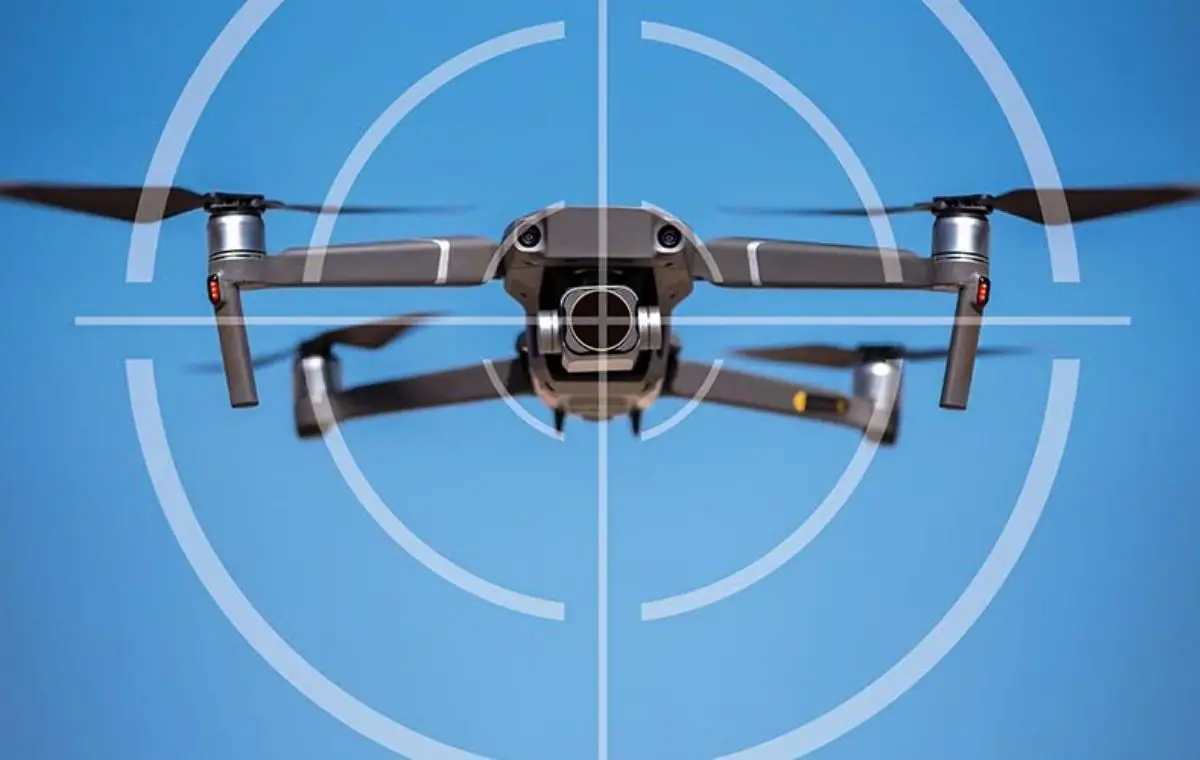According to a MarketWatch report, the global market for unmanned aerial vehicles and systems is expected to reach $31.68 billion by 2027, up from $17.04 billion in 2020. The report also predicted a CAGR of 8.8 % between 2021 and 27.
Despite the growing popularity of the technology, there is still visible confusion regarding the correct nomenclature and the differences between the systems. Drones, UAVs, and UAS are the three most common terms being used loosely these days. Most people use these terms interchangeably, which is incorrect and adds to the confusion.
Technically speaking, a drone refers to any vehicle that can travel autonomously with and without human intervention. It is a general term that encompasses all autonomous vehicles that can travel by sea, air or land. Plainly speaking, anything that is unmanned and has no pilot or driver inside but still works autonomously or remotely is a drone.
By this definition, every UAV is a drone, but not every drone is a UAV. Things get a bit more complex when it comes to UAVs and UAS, which warrants a closer inspection.
Unmanned aerial vehicle (UAV)
Every UAV is a drone, but there is a clear distinction between the two. Clue; the clue is in the name. A UAV refers to any remote or autonomous vehicle that uses the aerial medium to travel. Like drones, UAVs do not have real pilots inside and can be flown autonomously or controlled remotely.
The term UAV refers only to the actual vehicle and not to support systems or accessories. This clear distinction separates UAVs and UAS.
Unmanned Aerial System (UAS)
UAS or remotely piloted aircraft refers to the entire system, which includes the UAV, its components or accessories, control system, controller and any other addition that may be added to it. Equipment such as software, GPS, cameras, navigation aids, and specialized devices that allow the UAV to function are all part of a UAS. This also includes the platform driver.
Most manufacturers tend to focus solely on the vehicular part, as they are much easier to mass-produce than a complete system.
Why UAS?
Unmanned aerial systems or remotely piloted aircraft systems solutions are technically much more complex to manufacture and only a few companies specialize in them. Such products come with their own software and accessories and can be deployed much faster in a specialized role.
Wynyard Group is a company that specializes in unmanned aerial systems technology. Systems can be customized to exact customer requirements and are delivered ready for implementation.
Once the order has been delivered, the operator does not have to install any additional software or hardware that fits its purpose. Wynyard’s Unmanned Aerial Systems solutions are designed to meet the operator’s needs down to the last detail. An added benefit is that all systems run on fuel, giving them greater endurance and runtime. This also allows for greater capacity and versatility to improve payload.
AeroDreams, Baykar, DJI, Lockheed Martin, Northrop Grumman, Sky-Watch, and Titan Aerospace are other renowned companies that specialize in unmanned aerial system technology.
UAV operators typically have to configure their vehicles upon delivery. This means additional charges to install software needed for control and navigation purposes, mounting points for specialized hardware, and the equipment itself. UAS eliminates all these extra steps.
Systems come with pre-installed software and custom equipment to perform the task it was assigned to do in the first place. This makes them a better alternative to UAVs where one has to basically modify them from scratch.
Unmanned aerial systems technology is being universally adopted across the board today. From emergency services to disaster management and rapid response, UAV solutions have made a positive impact. The unparalleled advantage it offers first responders and rapid response teams is phenomenal. Thanks to their exceptional capabilities, UAS have become an indispensable tool for many organizations around the world.
Subscribe to our latest newsletter
To read our exclusive content, sign up now. $5/month, $50/year
Categories: Technology
Source: vtt.edu.vn
